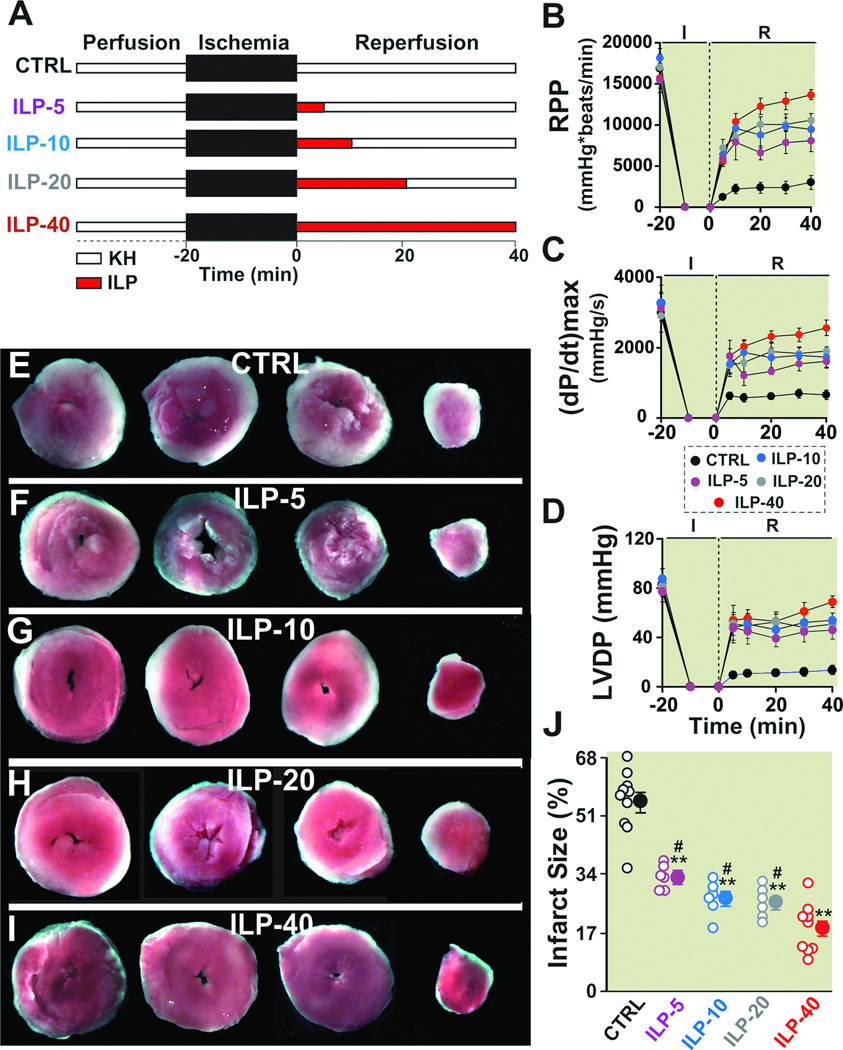Figure 2. Administration of Intralipid at reperfusion improves heart functional recovery and reduces infarct size against reperfusion injury.
A. Experimental protocol. The isolated mouse hearts were reperfused with Krebs Henseleit (KH, control group, CTRL), or 1% Intralipid for 5 min (ILP-5), 10 min (ILP-10), 20 min (ILP-20) or 40 min (ILP-40), followed by reperfusion with KH for the remainder of 40 min. Rate pressure product (RPP, B), the maximum rate of left ventricle (LV) pressure rise (dP/dtmax) and decline (−dP/dtmin, C) and left ventricular developed pressure (LVDP, D) as a function of time in CTRL (black, n=6), ILP-5 (purple, n=6), ILP-10 (blue, n=6), ILP-20 (gray, n=6) and ILP-40 (red, n=6). Four slices of the same heart after 2,3,5-triphenyltetrazolium chloride (TTC) staining in CTRL (E), ILP-5 (F), ILP-10 (G), ILP-20 (H), and ILP-40 (I). The white area represents the infarct zone and the red shows the viable area. J. The area of necrosis as the percentage of total left ventricular (LV) area in CTRL (black, n=10), ILP-5 (purple, n=6), ILP-10 (blue, n=6), ILP-20 (gray, n=6) and ILP-40 (red, n=9). The individual measurements in each groups are shown in open circles whereas the averages (Mean±SEM) are shown in filled circles **P < 0.01 vs. CTRL, #P<0.05 vs. ILP-40.

